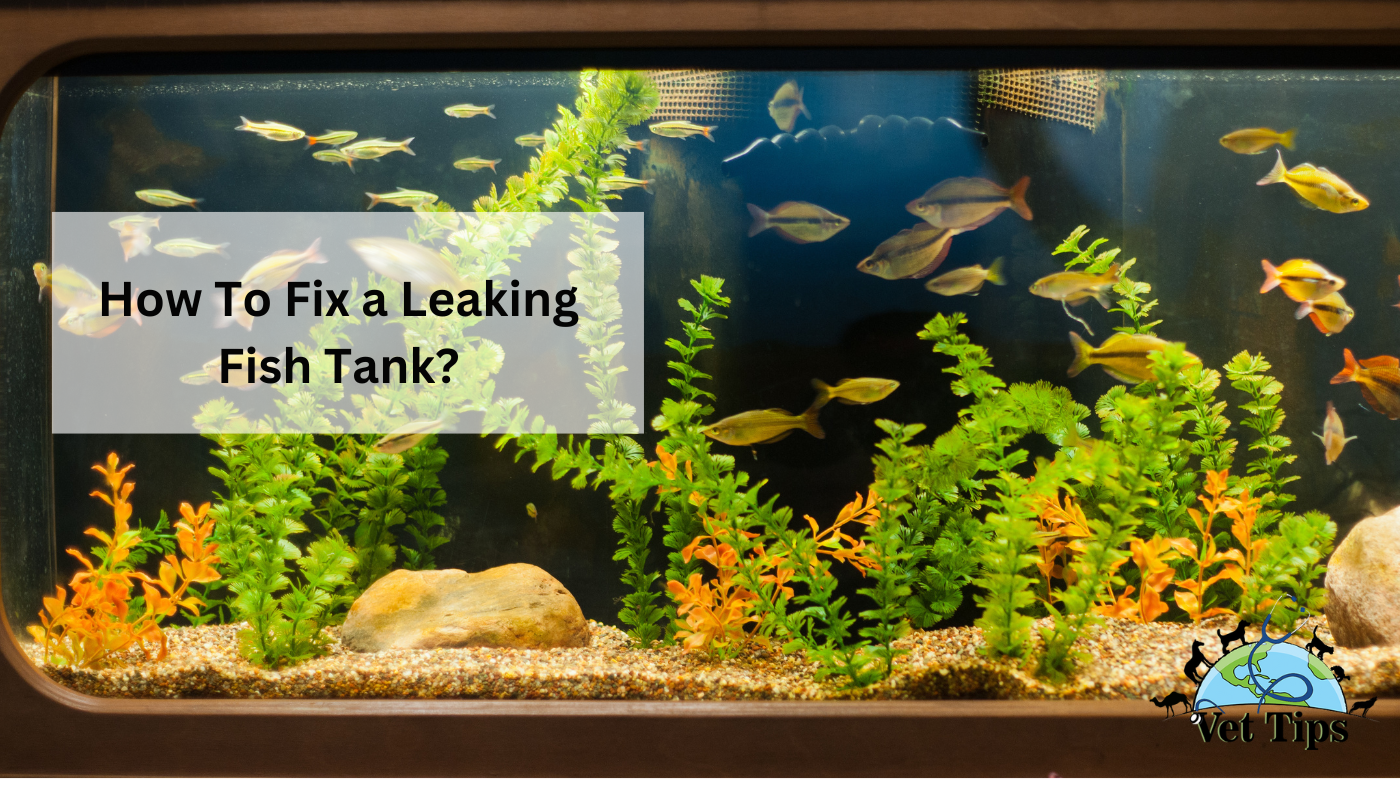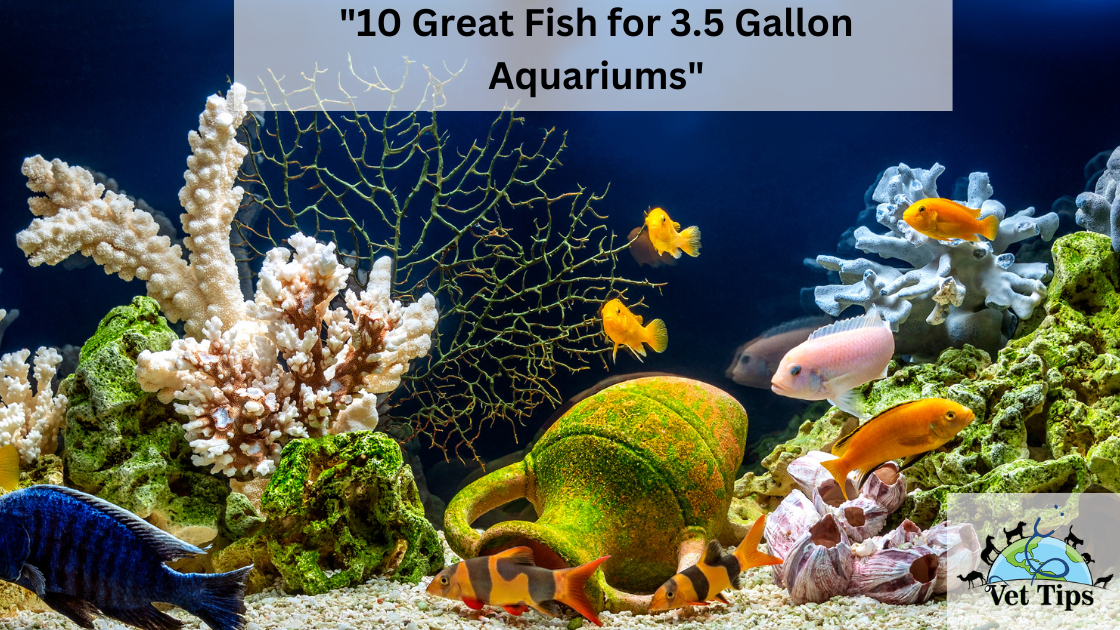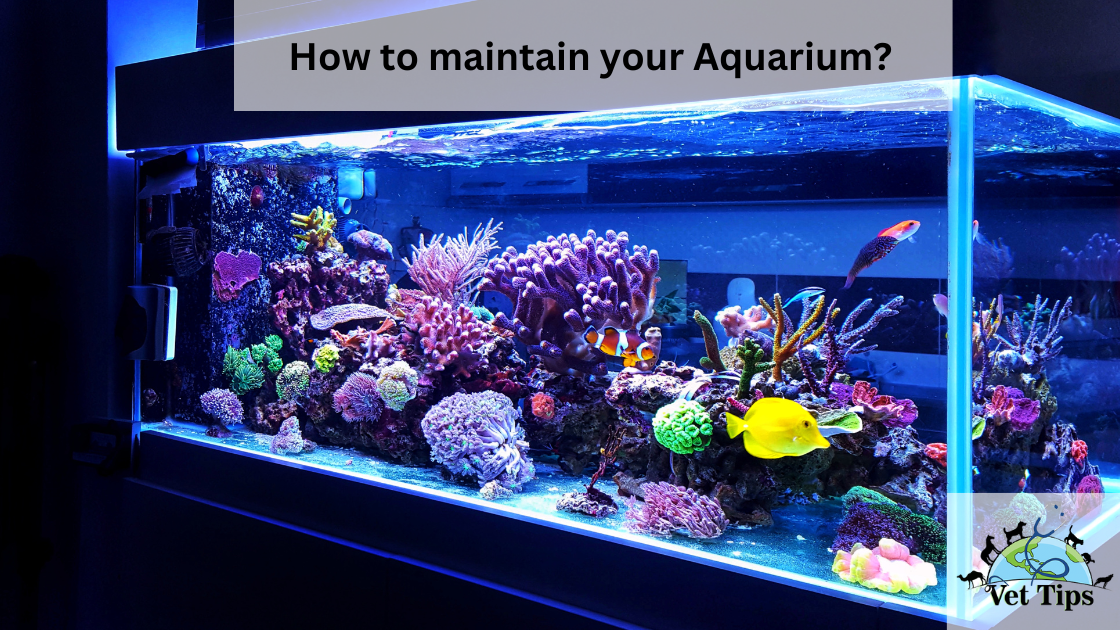Tannins can be a common concern for aquarium owners, causing water discoloration and affecting the overall aesthetics of the tank. These organic compounds are released by driftwood, leaves, and other botanicals, imparting a brownish or yellowish tint to the water. In this guide, we will explore “How to remove tannin from aquarium water?” and helping you achieve a crystal clear and visually pleasing tank.
Water that looks more like cola can be found in some aquariums. This type of water has large concentrations of tannins, an organic molecule that discolors and acidifies water when present in high concentrations. Such water is referred to as blackwater in the aquarium community. However, although some types of fish flourish in such water, a majority of fish do not.
Additionally, some aquarium enthusiasts do not care for the appearance of tarnished water, leading to excessive tannins in the aquarium. Fortunately, preventing and reversing this scenario is a simple process.
The Negative Effects of Tannins
Tannins are responsible for more than merely discoloring the water. Aside from that, they have the ability to bind minerals in the water, softening it and reducing the pH, hardness, and alkalinity. The pH ranges for all aquarium fish are within acceptable limits. As a result, fish that have acclimated to varied water parameters flourish in these acidic environments. In contrast, these conditions might stress fish that have not adapted to diverse water parameters.
Fishkeepers remove tannins from aquarium water by doing frequent water changes, using chemicals such as Purigen, or utilizing filtration media like carbon filters or specialized Tannin filters, among other techniques.
So,
Let us look at all the different methods that help remove tannins from aquariums.
Methods to remove tannin from aquarium water
1. Activated Carbon
When it comes to removing tannin from aquarium water, activated carbon is one of the most efficient methods
Activated carbon is a kind of carbon formed by charcoal granules and heat. The chemical composition of the carbon has also been changed to make it more absorbent. This aids in binding tannins together and the removal of tannins from the water.
But it is not required to mix the activated carbon with the water at this point in the process. It is contained within a high-quality aquarium filter, eliminating the tannin within hours.
To bear in mind, no filter is guaranteed to stay indefinitely. If you notice that the tannin levels in your aquarium are consistently high, it may be time to change the filter.
Check out this one of the best-activated carbon with discounted price
2. Reverse Osmosis
Another option for lowering the tannin content of your aquarium is to add a reverse osmosis filter to your aquarium water supply.
The process of conventional osmosis involves the uniform diffusion of molecules through a semipermeable membrane. The mechanism of reverse osmosis is altered, guaranteeing that only pure water molecules travel through the membrane.
This ensures that any additional substances in your tap water, such as tannin, are removed throughout the filtration process. As a result, the water is softer and more transparent to the eye.
3. Add Rain Water to Your Aquarium Environment
Another method of lowering the tannin levels in your aquarium is to combine tap water with rainfall or to use rainwater in place of tap water.
Rainwater is inherently softer than most tap water because of its alkaline composition. However, since it contains a substantial amount of dissolved carbon dioxide, it is more acidic than water.
But collecting rainwater for your aquarium is not as simple as putting a tub under the nearest eaves-trough or drain pipe and waiting for it to fill with water.
Before collecting rainwater for your aquarium, ensure that you do the following:
- The drainpipe is not made of metal.
- The drainpipe is free of obstructions.
- Run-off area has a low level of contamination from the atmosphere.
Another thing to remember while collecting rainwater is to let the rain to run for a few minutes to clear up the inside of the drain pipe from which you are collecting the water. Therefore, there will be less chance of other debris accumulating in the water.
Furthermore, it is crucial to highlight that because rainfall does not come into contact with the organic material that produces tannins, it has a lower tannin content than tap water in some places.
If you do not have access to natural rainwater then let’s have a look at commercially available rainwater with authenticity
How to remove tannin from aquarium water? (Cont.)
4. Use Baking Soda
Anyone who knows anything about tea will tell you that rinsing your teapot with baking soda will successfully de-tannin it. Similarly, you can accomplish the same thing with liquids.
Make a solution by adding one tablespoon of baking soda to every five gallons of water and calling it a day. On the other hand, baking soda has the additional effect of raising the pH level of aquarium water.
In the same way that various fish grow in varying tannin concentrations, different fish have different pH requirements from their water. If you do decide to use baking soda, make sure you do your homework first.
Keep in mind that if you opt to use baking soda to lessen the tannin levels in your tank, you must first remove the fish from the tank.
When the pH level of the water is suddenly lowered while the fish are around, this might have a negative impact on them.
Check this worldwide renowned Baking Soda to cleanse your fish tank from tannin
5. Distilled Water
The way to soften hard water is by filling your aquarium with an equal mixture of tap water and distilled water.
Distilled water aids in the breakdown of naturally existing molecules and chemicals present in the water source. In other words, by combining it with tap water, you may drastically reduce the amount of tannin present in your aquarium.
Check this 6 bottled offer of Distilled water best for your fish tank/aquarium.
6. Ion Exchange
Ion exchange is sometimes referred to as a water softening method. However, it is also effective as a method of removing tannins from aquatic environments.
Ion exchange works by causing a chemical interaction between two or more ions. In it, the ions that are being exchanged are replaced by ions that are similarly charged but have distinct characteristics.
As a result, because tannins are negatively charged, they are treated with anion resins to make them more stable. The negative tannin ions are attracted to the anions, replacing them with equally negative ions.
An advantage of anion resin treatments for aquarium water is that they exclusively eliminate tannins, which is a significant benefit. This is beneficial since your fish require specific minerals in order to live.
How to remove tannin from aquarium water? (Cont.)
Think twice before putting anything into your aquarium
All aquarium enthusiasts take pleasure in adorning their fish’s environment with ornaments and decorations. The truth is that not all decorations are made equal.
This is critical if you are attempting to recreate a certain fish’s natural environment or if you want to lessen the quantity of tannin in the water.
Driftwood, in particular, contributes to the release of natural tannins into the water. Even though driftwood logs are visually appealing, they are not recommended for aquariums that require cleaner and softer water.
Avoid adding the following items to your aquarium water to guarantee that you do not unintentionally raise the tannin levels in your water:
- Oak leaves
- Driftwood
- Almond leaves
- Pea
Preventing Future Tannin Build-up
To minimize tannin build-up in the future, consider using pre-soaked or cured driftwood and leaves when introducing new decorations to your aquarium. Pre-soaking helps to remove a significant portion of the tannins before they are added to the tank. Additionally, regularly maintaining and cleaning your aquarium equipment, such as filters and substrate, can help prevent the accumulation of tannins over time. Proper filtration, regular water changes, and maintenance of the tank can help keep the water clear and reduce tannin release.
It’s worth noting that some aquarium enthusiasts actually appreciate the natural look that tannins provide to the water. In certain setups, like blackwater or biotope aquariums, tannins can mimic the natural environment of certain fish species, creating a more authentic and aesthetically pleasing display. However, if you prefer a clear and pristine aquarium, the methods mentioned above will help you achieve that.
Conclusion: “How to remove tannin from aquarium water?“
Tannin in tank water has several advantages, but not everyone is a fan of the color it imparts. Furthermore, not all fish require brackish, tannin-rich water in order to thrive.
As a result, there are many methods for removing tannin from aquarium water (mentioned above). You must use any of these methods to ensure that your aquarium is free from tannins.
Tell us in the comments, how you like our article “How to remove tannin from aquarium water?”
For similar posts like this, click here.
For the source file click here.





One thought on “How to remove tannin from aquarium water? (A Guide to Crystal Clear Tanks)”